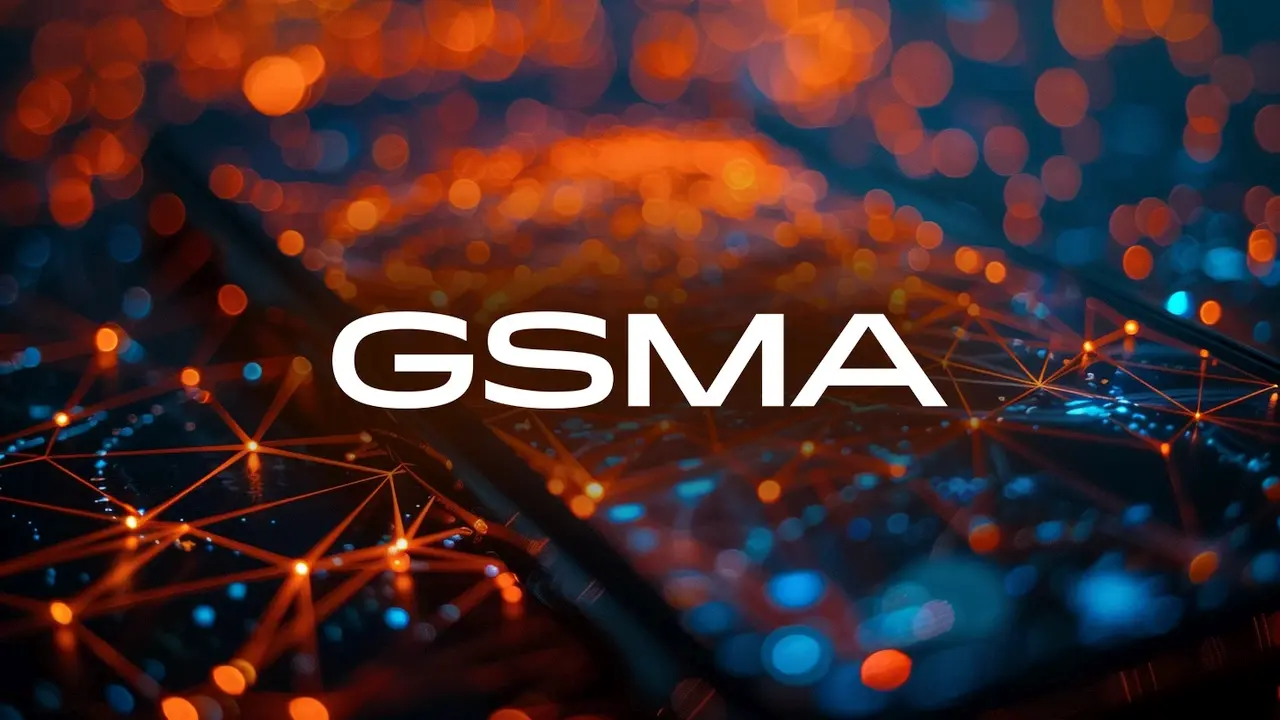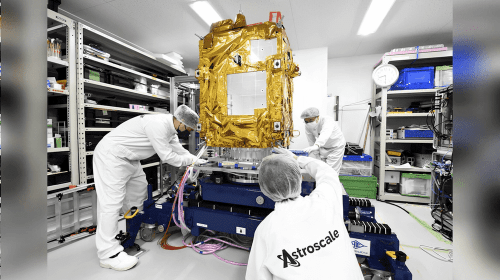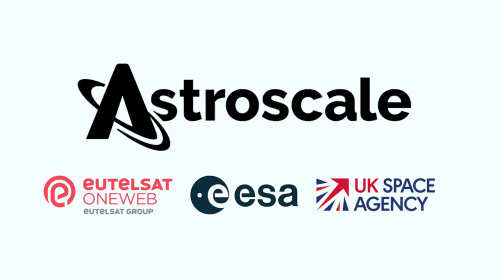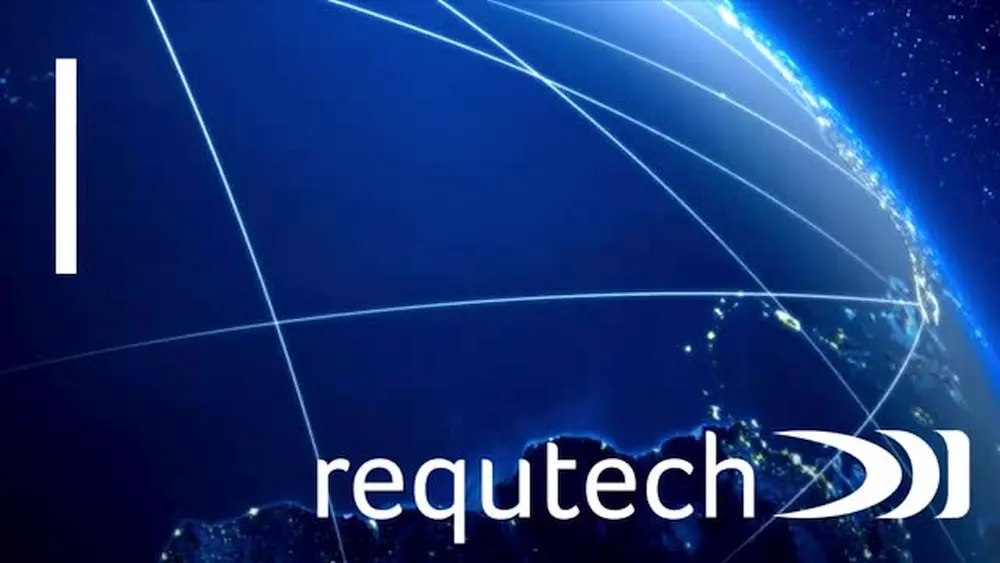Harmonizing D2D Regulation Before WRC-27
Oct 20, 2025
The GSMA, representing the global mobile ecosystem, has released comprehensive policy guidance on direct-to-device satellite connectivity, establishing essential priorities for governments developing D2D regulatory frameworks. The organization said its spectrum task force, which included more than 50 mobile and satellite operators, provided valuable insights that informed this regulatory guidance. D2D technology is used to describe satellite-to-handset connectivity as a supplementary service to terrestrial network coverage. This ability could potentially enable mobile connectivity to be extended into sparsely populated or hard-to-reach areas, enabling greater network resiliency and connectivity solutions when terrestrial networks fail. D2D services can provide vital connectivity in the wake of natural disasters and during humanitarian crises, digitally empowering affected communities when traditional infrastructure is down.
 GSMA promo logo. Credit: GSMA
GSMA promo logo. Credit: GSMA
The GSMA identified two different spectrum approaches to deploy D2D services, each with different regulatory and technical implications. The first utilizes mobile spectrum through coordination between D2D satellite providers and mobile network operators, while the second employs bands that are already allocated to mobile satellite service. The organization stated that the choice between these approaches has a large impact on the regulatory framework that needs to be implemented. For mobile satellite spectrum operations, the policy paper explains that 3GPP standards have incorporated a number of approved mobile satellite bands, although handset availability is still critically low. According to the GSMA guidance, these approved bands are currently limited to a small number of high-end devices, representing a significant barrier to market adoption that must be overcome before D2D using MSS spectrum can be widely successful. This handset limitation directly impacts consumer accessibility and the scalability of satellite-based connectivity solutions.
The regulatory framework for D2D services using IMT spectrum should focus on market-led flexibility and operator flexibility. The GSMA recommends that D2D operations using mobile spectrum be authorized via mobile network operator licenses, so that MNOs can choose how best to deploy their licensed spectrum in partnership with satellite operators. This approach allows MNOs to understand which geographic areas and portions of frequencies would gain the most from satellite supplementation. The organization emphasized that standard handsets that are used for terrestrial mobile services should be able to operate seamlessly for D2D operations in IMT bands with no special tailoring or hardware changes. This approach of standardization is quite different from MSS-based D2D, which requires proprietary standards or special 3GPP Release 17+ handsets which are tuned to particular satellite frequencies. By being compatible with existing handsets, D2D using IMT spectrum can be made available via recycled, second-hand and low-cost devices, which dramatically increases market penetration compared to alternatives, which require new hardware.
Protecting existing mobile networks from harmful interference is a cornerstone of the GSMA policy position. The organization emphasized that D2D should ensure the coexistence of mobile terrestrial networks that serve around 5.8 billion unique subscribers, and that any D2D introduction should be based on regulatory and technical conditions to ensure coexistence. This protection requirement requires that interference risks to an operator’s own terrestrial network, to mobile operators licensed in the same band in adjacent areas, including neighboring countries, and users operating in adjacent frequency bands, be managed. The GSMA said that regulators could set the proper frameworks by either requiring D2D operations to protect existing services on a no-interference basis or setting up secondary allocations with specific conditions ensuring that D2D does not cause harmful interference to the terrestrial services that it supplements.
Through the ITU World Radiocommunication Conference 2027, international coordination is necessary to harmonize D2D regulation worldwide and avoid market fragmentation. The GSMA said that successful trials of D2D using mobile spectrum around the world, along with announcements of additional satellite capacity launches, have built up regulatory interest in countries such as the United States, Canada, Australia, and the United Kingdom. WRC-27 will focus on the development of an international framework supporting D2D development, and there are multiple agenda items looking at different spectrum bands and how suitable they are for satellite services. The organization suggested that governments ensure that national regulations are aligned with the WRC-27 outcomes to keep regulatory frameworks aligned and avoid competing frameworks that would fragment the market. The GSMA noted that any new mobile satellite allocations are required to safeguard IMT networks by being secondary services that neither interfere with nor claim protection under the established Radio Regulations. With balanced regulation that protects existing mobile networks while enabling innovation, Direct-to-Device satellite connectivity can extend global mobile reach, strengthen resilience, and deliver transformative benefits for billions of people worldwide.





